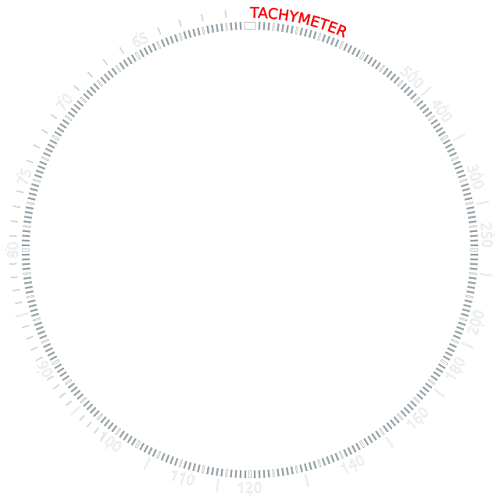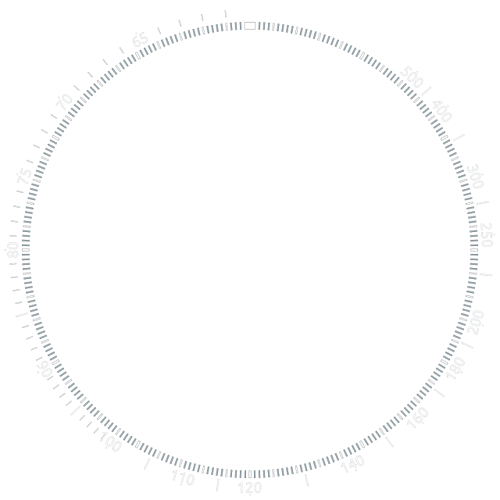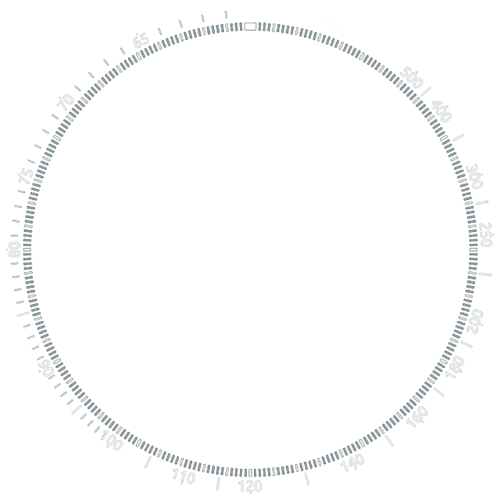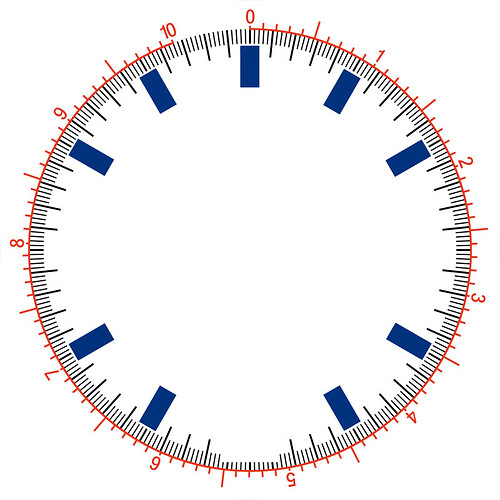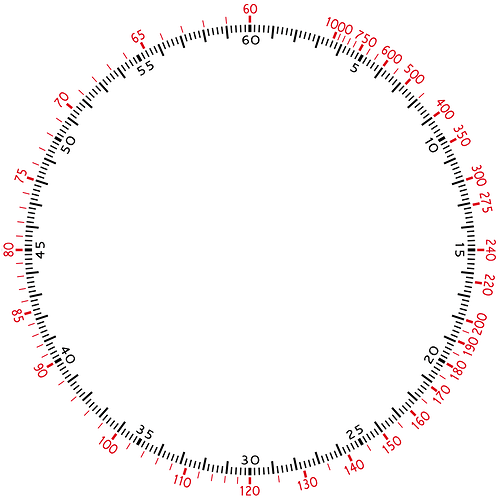Hello fellow facemakers.
I am about to make a telemetry scale, but before I do it the traditional tedious way, I would like to see, if anybody has some trick or hint how to make it easier, than manually copy and rotate plenty of tick and number layers, or if there was some useful tool/pugin for that.
Another question would be, how to keep the watchface awake long enough (about minute) for the whole scale being usefull?
It would apply also for tachymeter scale too (which is not linear like telemeter).
I am not sure about these scales. I can try help if you post some pictures. I will Google it but I will get no style from that.
My Galaxy Active fan be set to stay on for 5 minutes on Button Press. I normally have it set to Display/Timeout/1 Minute. Takes me that long to read all the information on My Watch Face.
Oooh I see. The Telemetre is Liner so no problems there. Does thi one make sense. All I can do is draw it in CAD and export it in white or rendered with some shadow in silver or gold.
I Love the Tachometer on this one.
Nice Ticks Gizmo .
It is when I see this stuff I want to Go Pro .
Just need to separate TACHYMETER so it can be custom Coloured .
On it already .
The font look a bit like our Apple Favourite or near enough .
Brilliant work. Yeah. We can chose the Tachy text then and add KM incase any one was confused. Brilliant.
Always happy to help in whatever way I can thanks ![]()
Just be there. Your contribution is at the Max as far as I can see. To be able to Enjoy it is a Priority :::)))
So @petruuccios . What speed do Telemeter and Tachymeter hands run at I guess 10 sec per rev.
Actually no, the scales are for the smooth second hand one turn per minute. like the big hand on stopwatch.
Oh Good that makes things easier. I am working on a scale at the moment . I am going to post a WIP to see if the Forum copes with the resolution or I will have to post it Email .
I Dew it at 1280 x 1280 and the server has mad it 500x500 . Cool please see if this is any good . I am working to match the TACHY that Gizmo Posted .
Works just fine mate ![]()
Yeah . Just got away with it . I normally work at 2400x2400 . Might just change the way I have been working for 2 years . I have a test under way with a #DWE# stopwatch . I will Post it DM .
Spelling is fine Rusty, but the Ripple Animation and Tachy Tics are both jpegs here sorry.
Thanks Mate . I am working on that . Thanks so very much for checking things over for me . I get in such a Rush .

Telemeter is the easy one, since it is linear. I’m working on this vintage Soviet military design that has a telemeter scale, calibrated in nautical miles, with the scale divided into 10 major segments. First thing I did was lookup the calculation, which in this case turned out to be 10nm=56.6 seconds, which in turn is 339.6° of the overall face. Then I used the same method I use to create my spokes in general to create the telemeter’s spokes, using the 339.6° as reference, and Photoshop’s features come in very handy for this: I draw a straight vertical line of the appropriate width down the entire face, then I use a Photoshop Action (macro) to copy that line and rotate it at a given angle, which for the major spokes of this face was 33.96°. I have the action assigned to my F12 key, so all I had to do is draw the starter line, edit the angle, tap F12 the requisite number of times, and I have all my spokes. I repeated for the minor spokes on a separate layer at 3.396° and all the spokes were complete. This gives the most accurate results, if you’re into accuracy. Lastly I cropped the spoke layers to get the final telemeter scale below. Because the rotation is an oddball number, it actually took a total of 4 separate layers for the spokes: 2 layers for major spokes, and 2 layers for minor spokes.
Tachymeter is a different story since it’s not linear. Personally I do want the accuracy, so for this I go through the process manually, using Excel to calculate all my angles. This is from another face in progress. I knew the major markers of the tachy scale, marked below from 1000 down to 60, so I just plugged all the numbers (plus the minor spokes) in my spreadsheet to get my rotation angles (which is 21600 divided by the marker, so 21600/1000 for the first marker below, which is 21.6°). Because the rotation angles are not round (much more so that the above telemeter example), and because I don’t want any rounding errors as the rotation moves along, I don’t re-rotate a previously rotated line (as I did above with the telemeter), instead I make a fresh copy of my vertical starter line, and rotate it per each marker’s angle, copied from the spreadsheet and pasted into Photoshop for each rotation angle. It’s a long arduous manual process, but I love it so I keep doing it this way.
Wow .Nice work . Thanks for Sharing .



